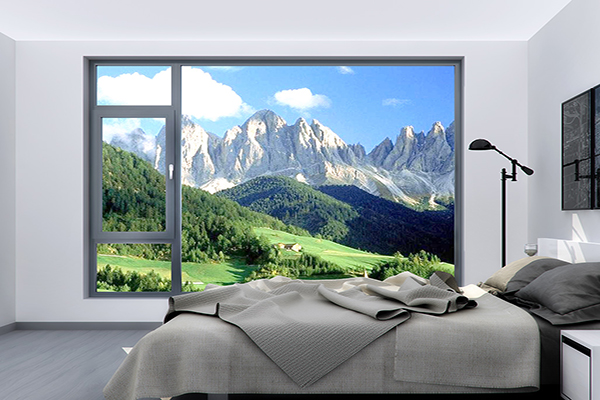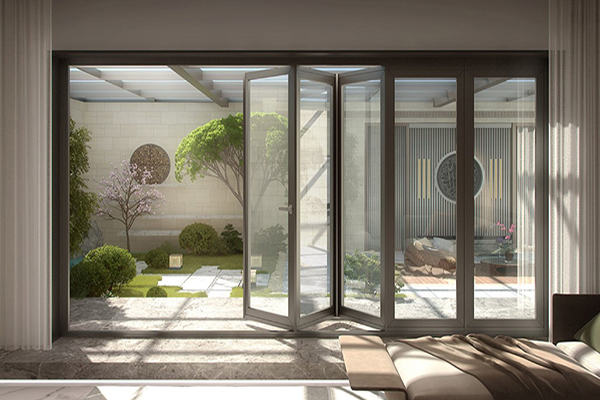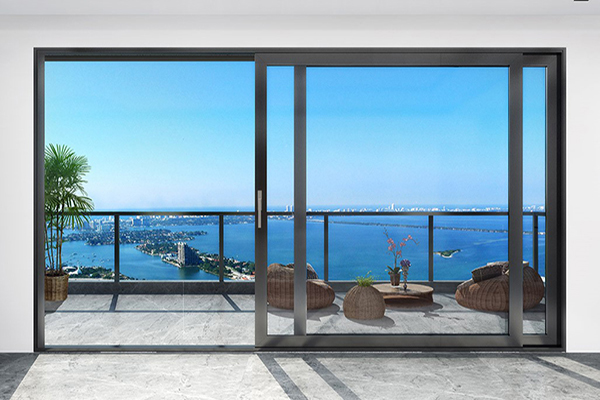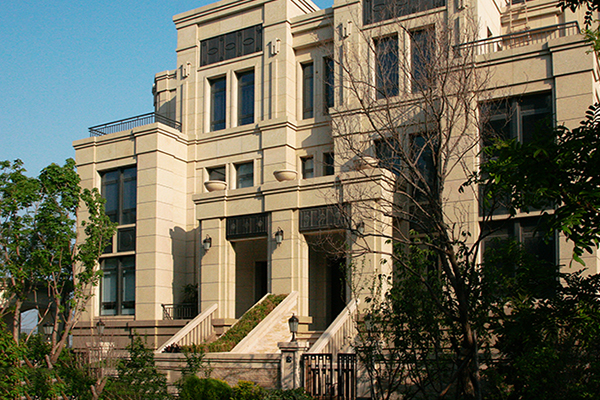The Mysterious Space in Insulating Glass
When it comes to energy - saving glass, insulating glass has the longest history among them. Before the extensive use of insulating glass, double - glazed windowswere mostly used in houses. It was not until 1865 that Americans invented insulating glass. There are essential differences between insulating glass and ordinary double - glazed glass. The former is sealed, while the latter is not. Due to the unsealed nature of double - glazed glass, dust and water vapor can easily enter the inner cavity of the glass. When the water vapor meets cold, it frosts, and when it meets heat, it condenses. The dust attached to the inner surface of the glass is very difficult to clean, and the window glass will become blurred soon after use. The emergence of insulating glass has largely solved these problems.
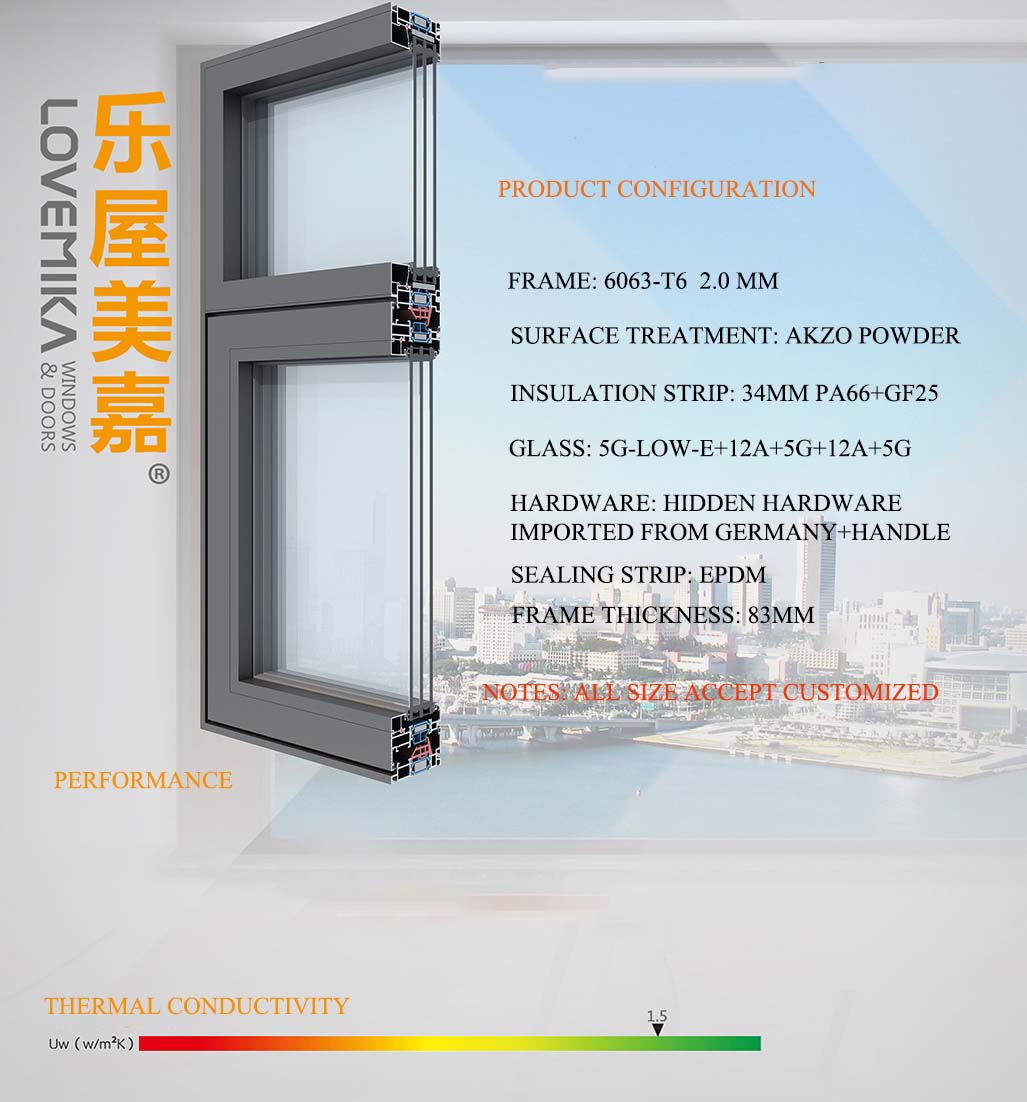
Insulating glass consists of two or more pieces of glass. The edges of the glass are supported by spacer bars filled with canned desiccant, and the ends are sealed with sealant. Commonly used insulating glass is composed of two pieces of glass and a gas cavity. With the improvement of energy - saving indicators, multi - cavity insulating glass composed of multiple pieces of glass has gradually become popular. We usually also choose to fill the hollow layer of insulating glass with inert gas and replace the aluminum alloy glass spacer bar with a warm - edge spacer bar to improve the thermal insulation performance of the whole window.


